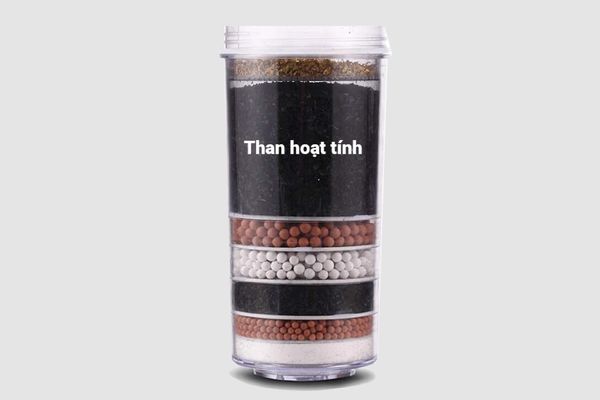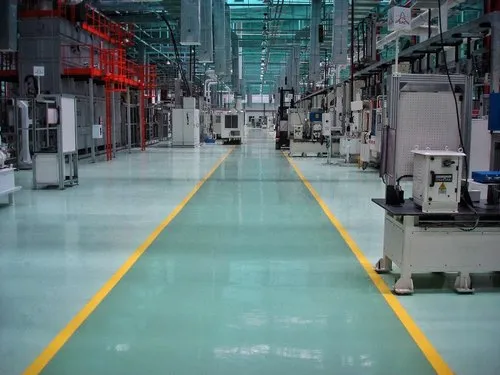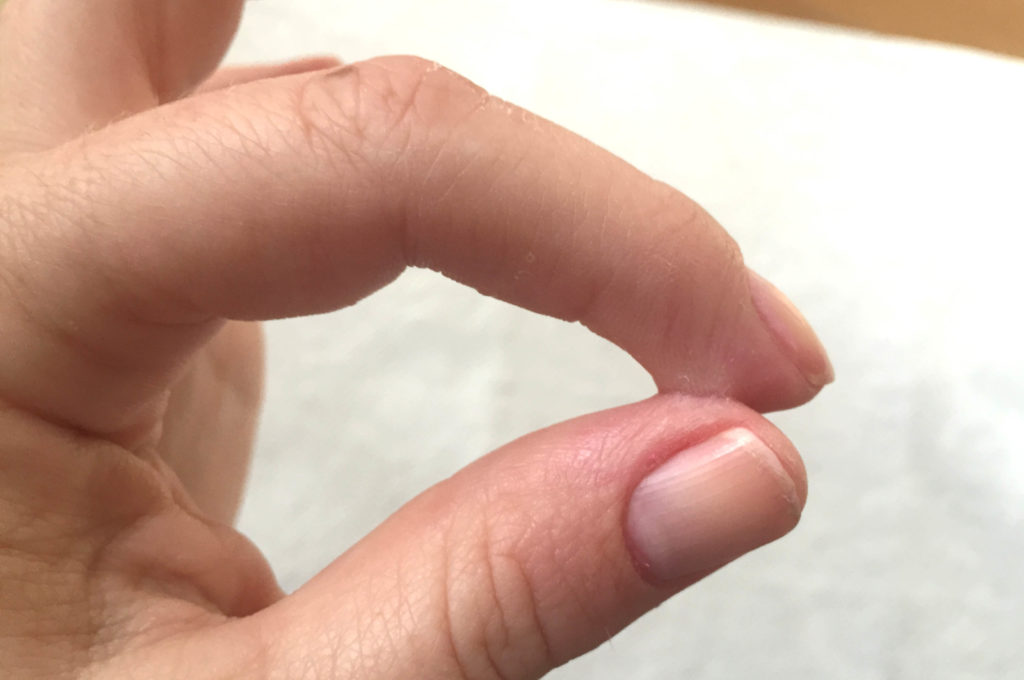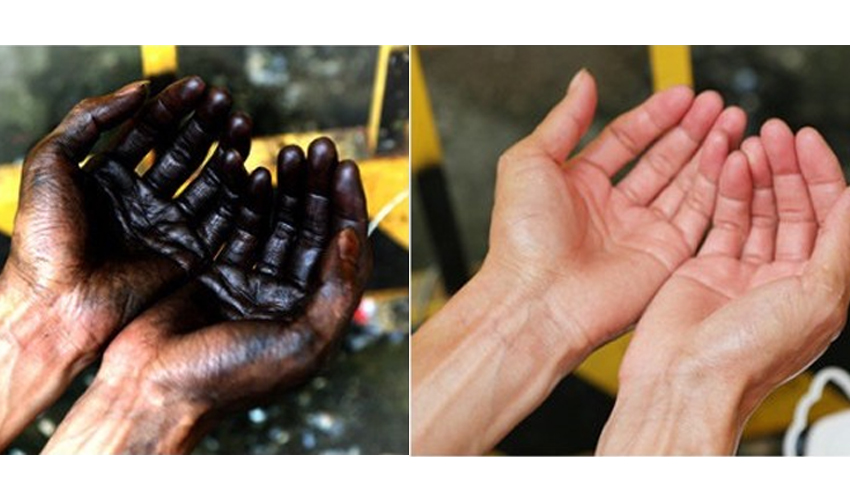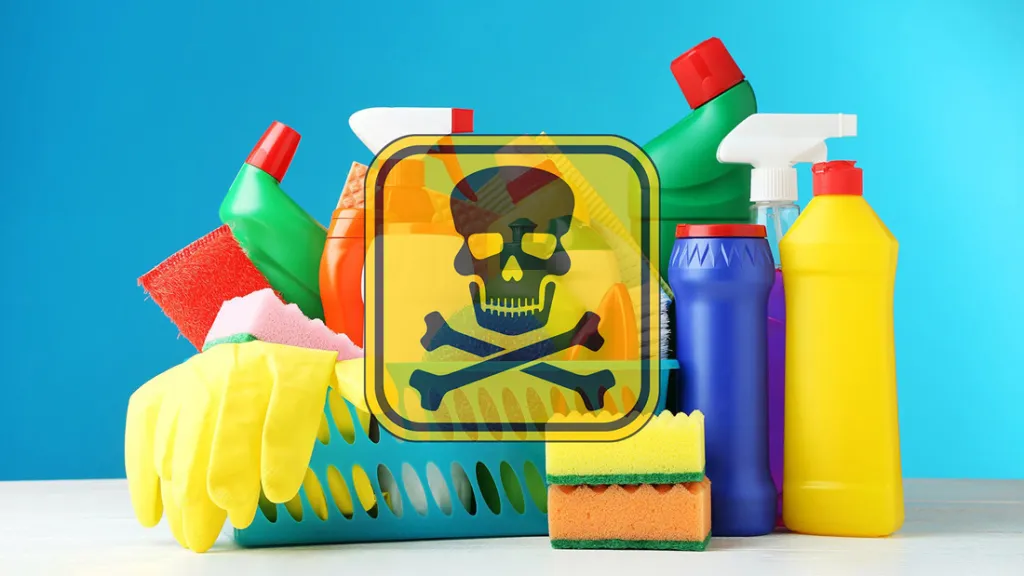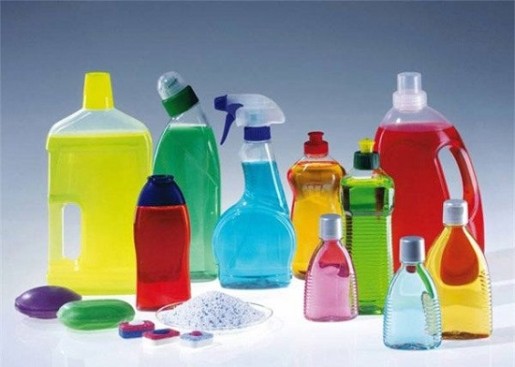1. What is activated carbon? Types of activated carbon?
1.1. What is activated carbon?
Activated carbon (also known as activated carbon, English name is Activated Carbon) is a form of carbon with high porosity, many cracks, small pores to molecular size. Such a special structure makes the surface area of activated carbon very large, from which it is easy to absorb and react with many different substances.
Activated carbon is created from burning carbon-rich fuels such as wood, coal, coconut shells, bamboo at high temperatures from 600 to 900 degrees Celsius in anaerobic conditions. Also can be made from peat, coal, coke bar, bone coal, sawdust, …
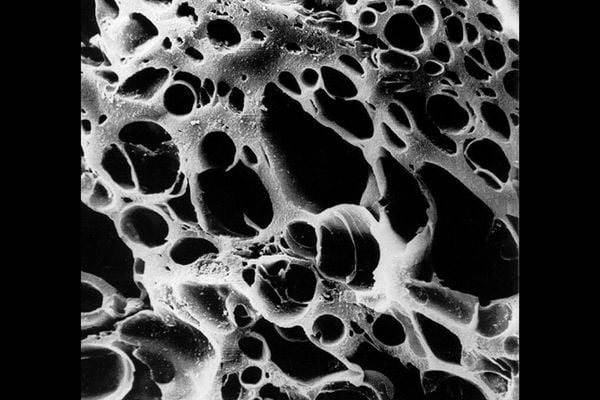
Surface of activated carbon
1.2 Types of activated carbon?
– Activated carbon powder
Activated carbon is ground into fine powder with size from 0.2mm to 0.5mm. Powdered activated carbon is cheap because it is easy to produce, the contact surface is very large, so it is used in applications that need to be prepared such as in cosmetics, toothpaste, … and chemical processing.
Due to its easy leaching and unstable nature, powdered activated carbon is mainly used as an adjuvant in industrial alum water treatment systems or used in RO membranes.
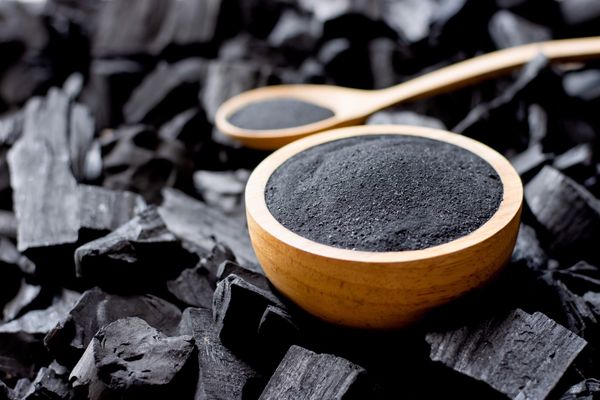
– Granular activated carbon
In this form, the activated carbon particles are randomly shaped with sizes from 0.2 to 5mm. Granular activated carbon is harder and more durable than powder, its large size is difficult to wash away, so it is often used for the treatment of industrial wastewater and domestic water.
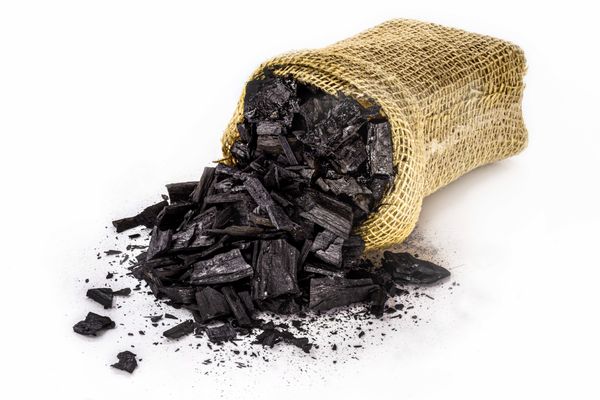
– Activated carbon in tablet form
Activated carbon in this form is compressed and formed into a cylinder with a diameter of 0.8 to 5mm. Activated carbon in tablet form with a cylindrical structure should be stronger and more durable than other forms of coal, has a moderate size and has a large contact surface area, so it is used to filter toxic gases very well.

– Activated carbon tube
Tubular activated carbon can be formed into large tubes with diameters from 1cm to 5cm for industrial use and large filtration systems.

– Activated carbon sheet
Activated carbon sheet is a combination of a frame and a sponge impregnated with charcoal powder for use in air purification.
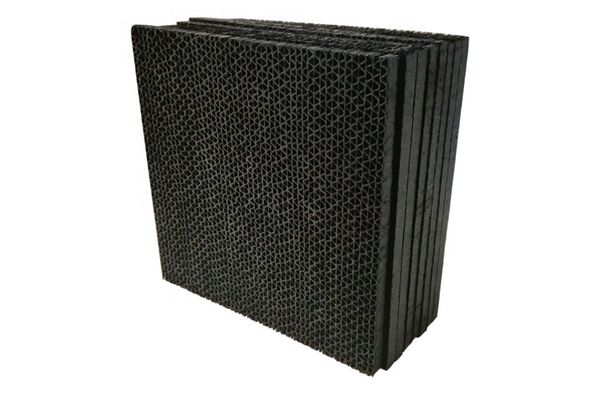
2. Mechanism of action and application of activated carbon
2.1. Mechanism of action of activated carbon
Activated carbon thanks to cracks, porous, hollow fibers, including thousands of tiny pores, small size helps increase the contact surface area in the reactions, easily physically absorb impurities, dirt and pollutants. The larger the activated carbon surface area, the stronger the attraction.
– For water: When the water flows through the activated carbon surface, impurities, dirt, metal ions and contaminants such as chlorine, benzene, grease, etc. will stick to the carbon surface. Therefore, in addition to the effect of filtering activated carbon water, it also has a decolorizing effect.
+ In home water purifiers, there are filters with activated carbon, after a period of use, it is necessary to replace the filter core to ensure the best water quality.
+ In industrial production, the adsorption mechanism is also used to treat industrial wastewater or some stages in production.
– For the air: When the air flows through the activated carbon surface, harmful dusts and gases such as SO2, CO2, H2S … will be trapped, the output is non-adsorbable gases such as Oxygen, Ni -to…. That’s why activated carbon is used in air purifiers.

2.2 Application of activated carbon
With its absorbent properties, activated carbon is applied in many different fields such as:
– Water treatment application
Activated carbon will remove organic substances, chemicals, impurities dissolved in water, used in both wastewater treatment, domestic water and pure drinking water.
– Application in exhaust gas treatment, deodorization
Activated carbon is widely used for deodorizing in kitchen deodorizers, deodorizing in wastewater treatment and pure drinking water, deodorizing and bactericidal in air conditioners, and industrial waste gas treatment.
>>> See more 5 applications of activated carbon to deodorize the household <<<
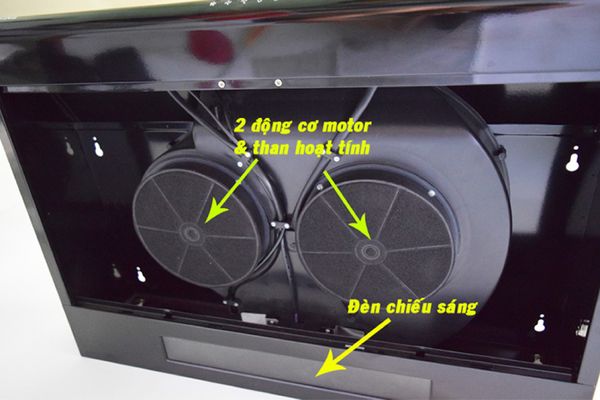
– Medical applications
Activated charcoal effectively treats symptoms such as flatulence, diarrhea, stomach and intestinal pain, detoxification… by absorbing harmful substances to the body and excreting them through the digestive tract.
>>> See more Other applications of activated carbon for health and life <<<

– Industrial applications
In industry, activated carbon is used to treat end metals, typically in the purification of electroplating solutions. Activated carbon also has applications in the mining industry to extract and filter gold, silver, and other precious metals.

– Some other apps
Activated charcoal is added in cosmetics, facial cleansers, bath oils, and facial masks to disinfect, absorb dirt, and toxins from pores. Toothpaste is also added to activated charcoal to absorb plaque and bacteria. Medical masks and respirators also have activated carbon in them.
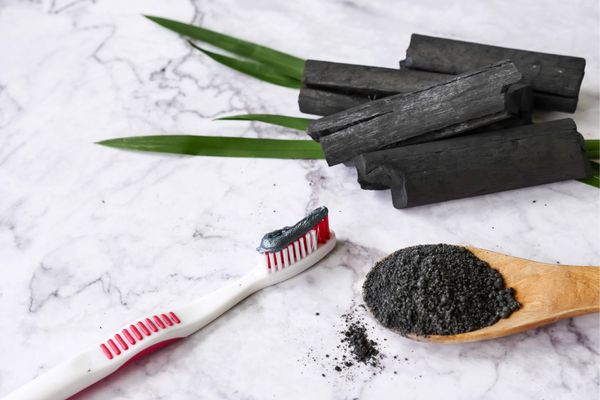 a
a


